Even if the cold months are approaching, planting vegetables doesn’t have to stop. An organic landscape can be grown indoors with ease. In reality, I think horticulture is better in the winter!
Compared to the external garden, each detail moves more slowly and is much simpler to maintain. Thus, this winter, think about planting these ten veggies inside.
Tips For Indoor Vegetable Gardening Without Direct Sunlight:
Surprisingly, a good number of veggies grow incredibly well inside throughout the coldest months.
So how can vegetables be grown inside lacking enough direct light? You must utilize a grow lamp in order to successfully grow veggies inside.
This is particularly important if you reside in a northwestern region where there are few hours of sunshine in the colder months.
Let it be widely understood that if you reside in the North, vegetative lights are your only option for effectively growing veggies inside during the cold season.
Best Domestic Winter Vegetables To Grow:
Selecting indoor-domesticating plants will ease your workload. These veggies have shown to be effective.
Blended Greens Salad:
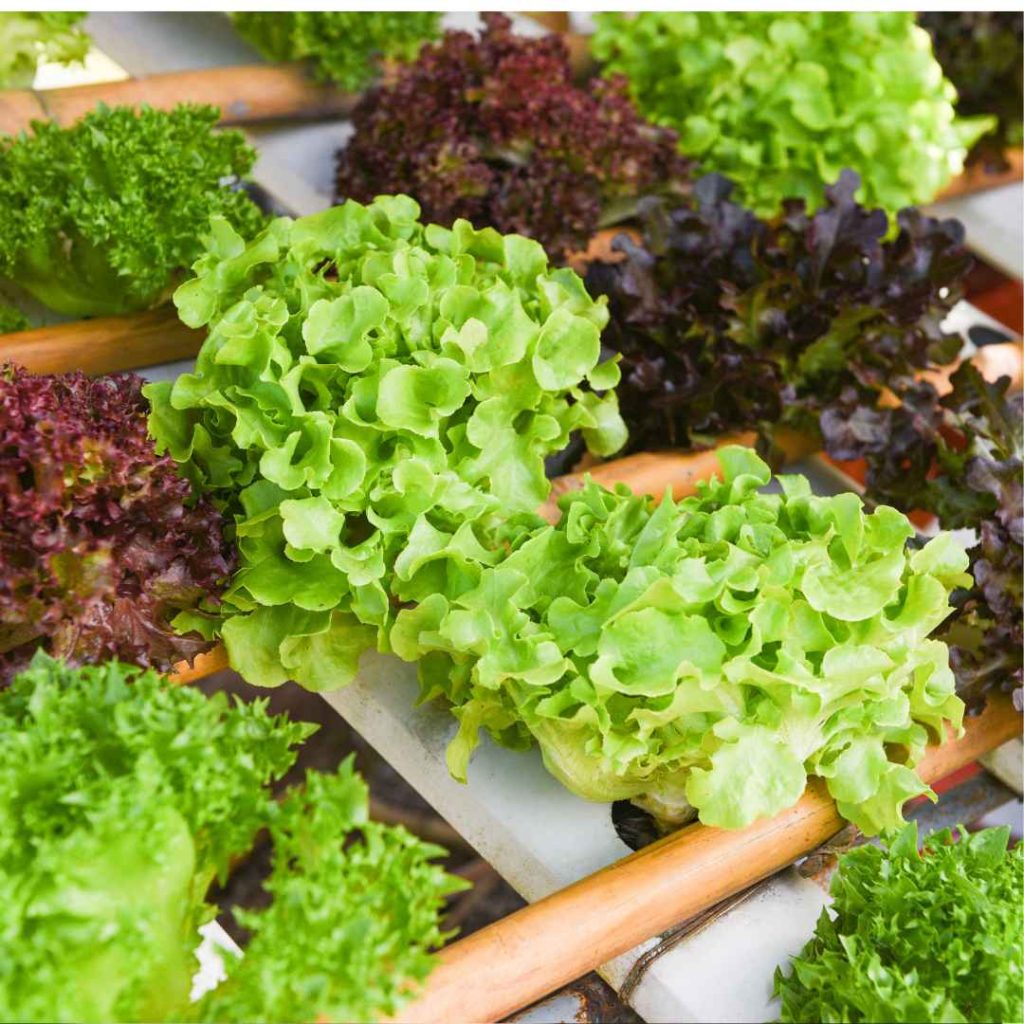
Quick-growing indoor vegetables that are excellent are the spinach plant, arugula (also known as rocket), and mustard greens. These are the easiest vegetables to get familiar with if you are a new landscaper, which is why I’ve placed them at the very beginning of the chart.
Carrots:
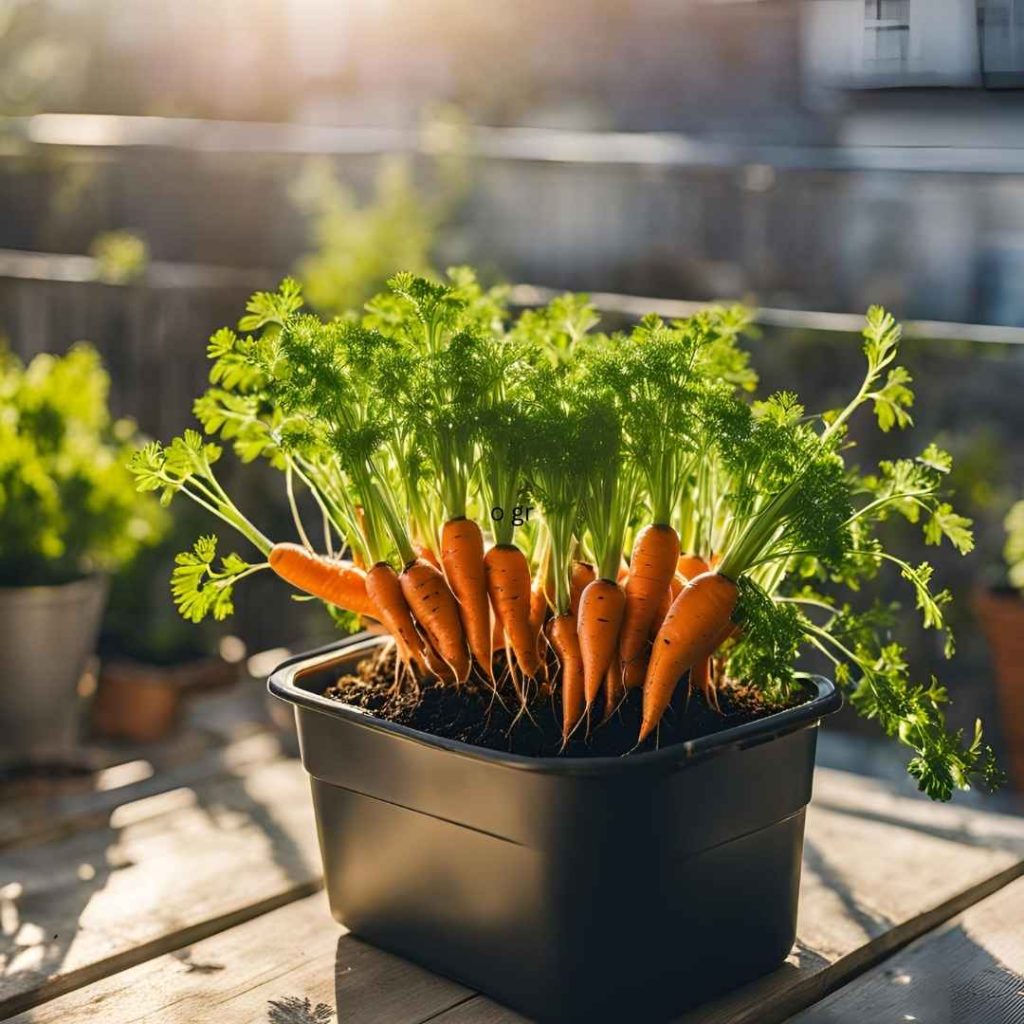
Carrots generally thrive on more nutrients than other veggies, but they rarely need a lot of room surrounding them—you could call it wingspans.
These are veggies that grow well in cold climates, around sixty degrees Fahrenheit. Ensure that they receive a minimum of twelve hours of daylight per day.
Scallions Or Green Onions:
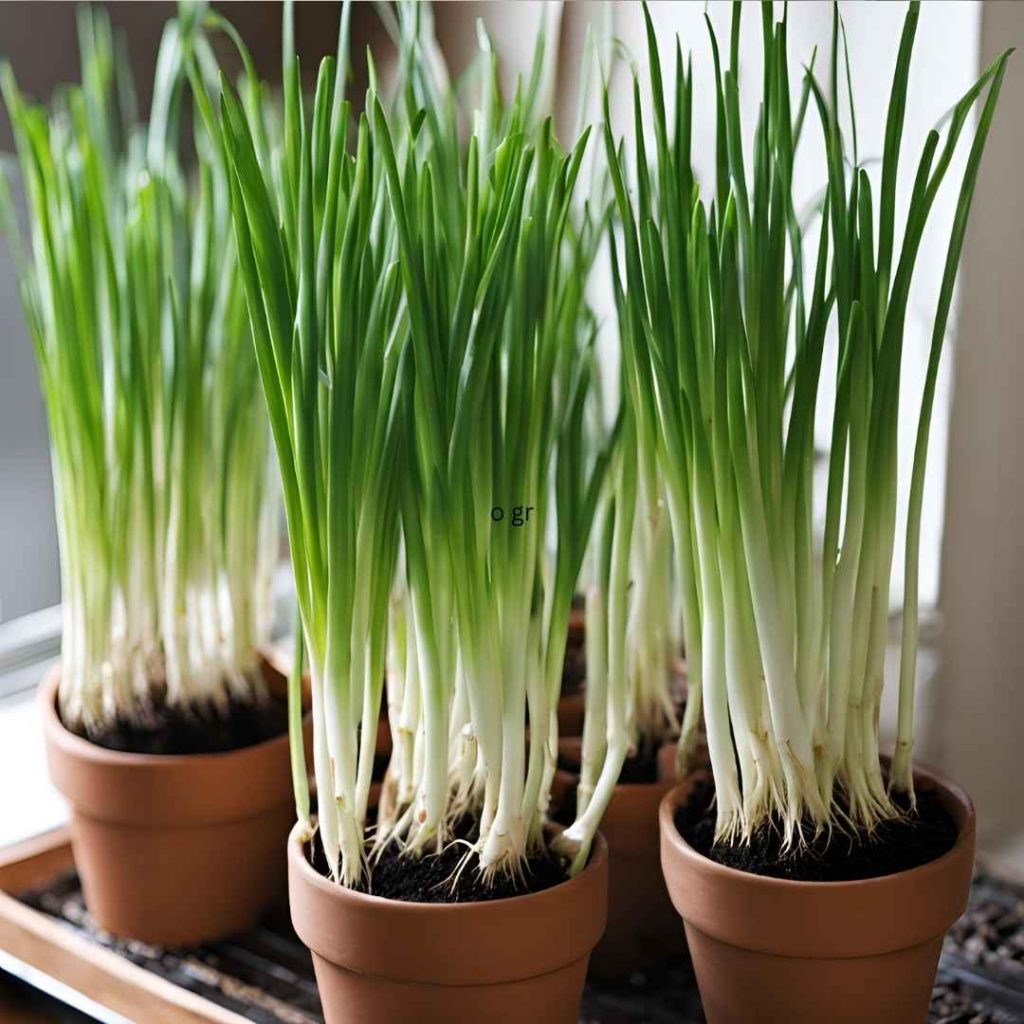
Since they are low maintenance and never need plenty of sunshine as various other vegetables, green onions grow nicely inside. By consuming the upper part of the green onions, you may alternatively employ the seedlings for planting or just reestablish the root tip.
Herbs:
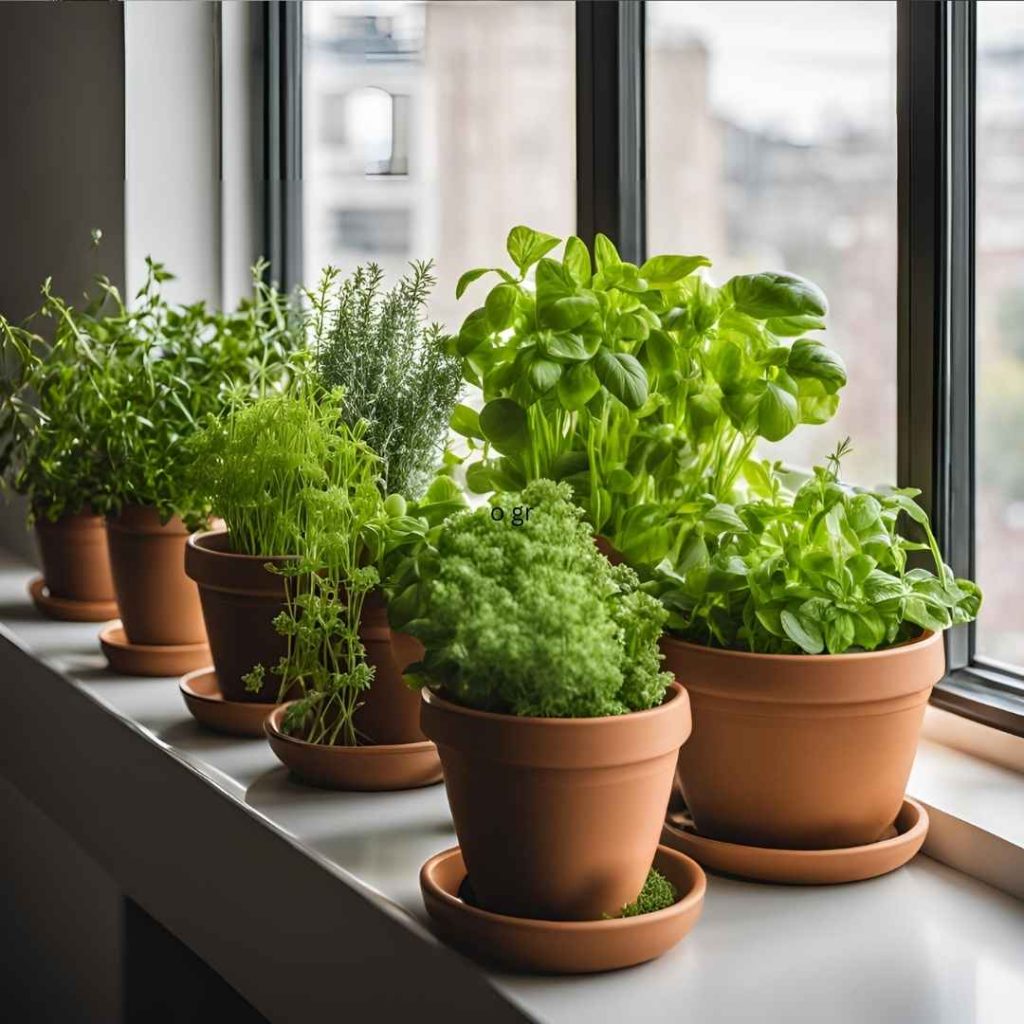
Since herbs (a portion of vegetables) enjoy sunlight, you’ll need to provide them with between twelve and sixteen hours of it every day. It’s usually approximately seventy degrees F that they do greatest.
The following are a number of the greatest types to grow indoors: thyme leaves, sage leaves, parsley, lettuce, oregano, mint leaves, the herb rosemary, and scallions.
Hot Peppers:
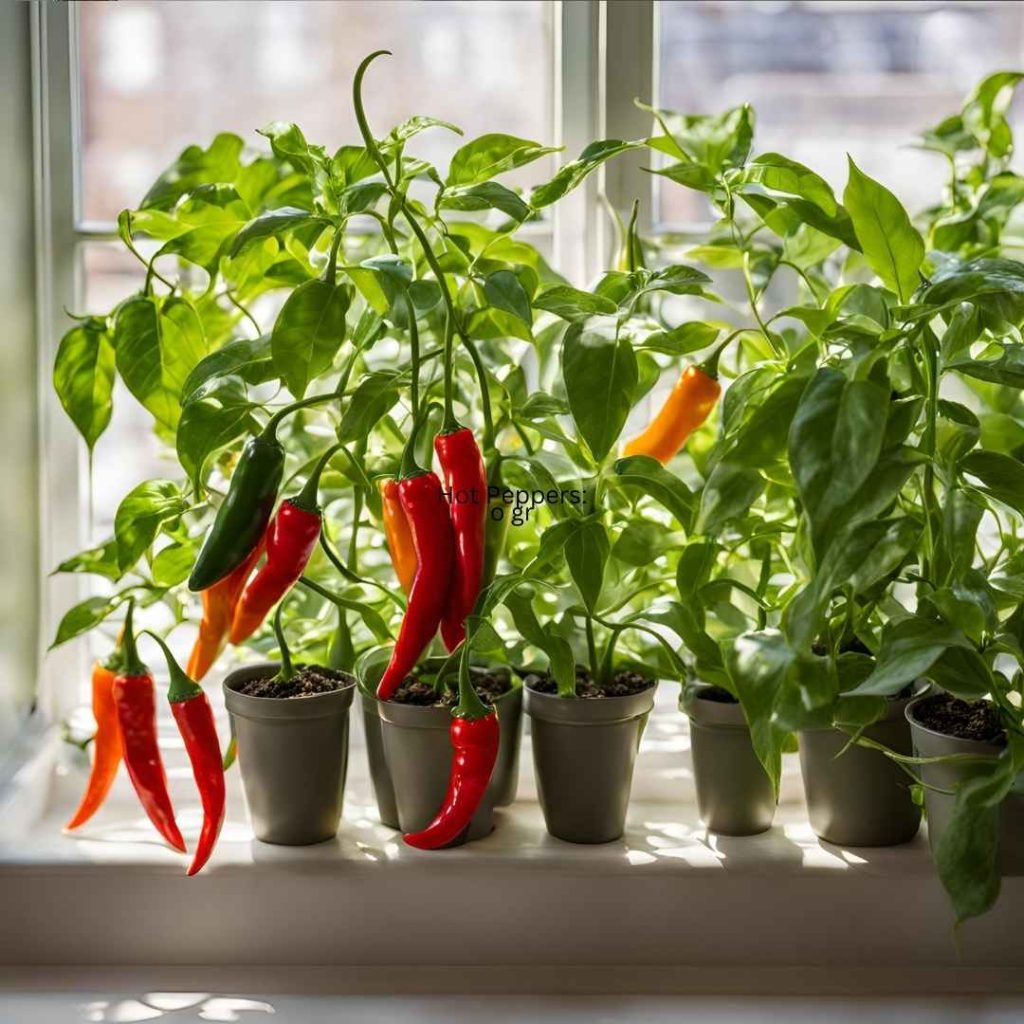
Since pepper varieties are tropical perennial vegetation, they need plenty of sunlight and pleasant temperatures to flourish. However, since they self-pollinate, they can thrive inside.
They require Fourteen to a maximum of twenty hours of sunshine per day, which means they do best at the temperature of 70 degrees Fahrenheit. Plant the seeds in an earthen vessel that is minimum 8 inches high, and when you refrain from irrigation them, let the substrate drain up.
Greens For A Leafy Salad:
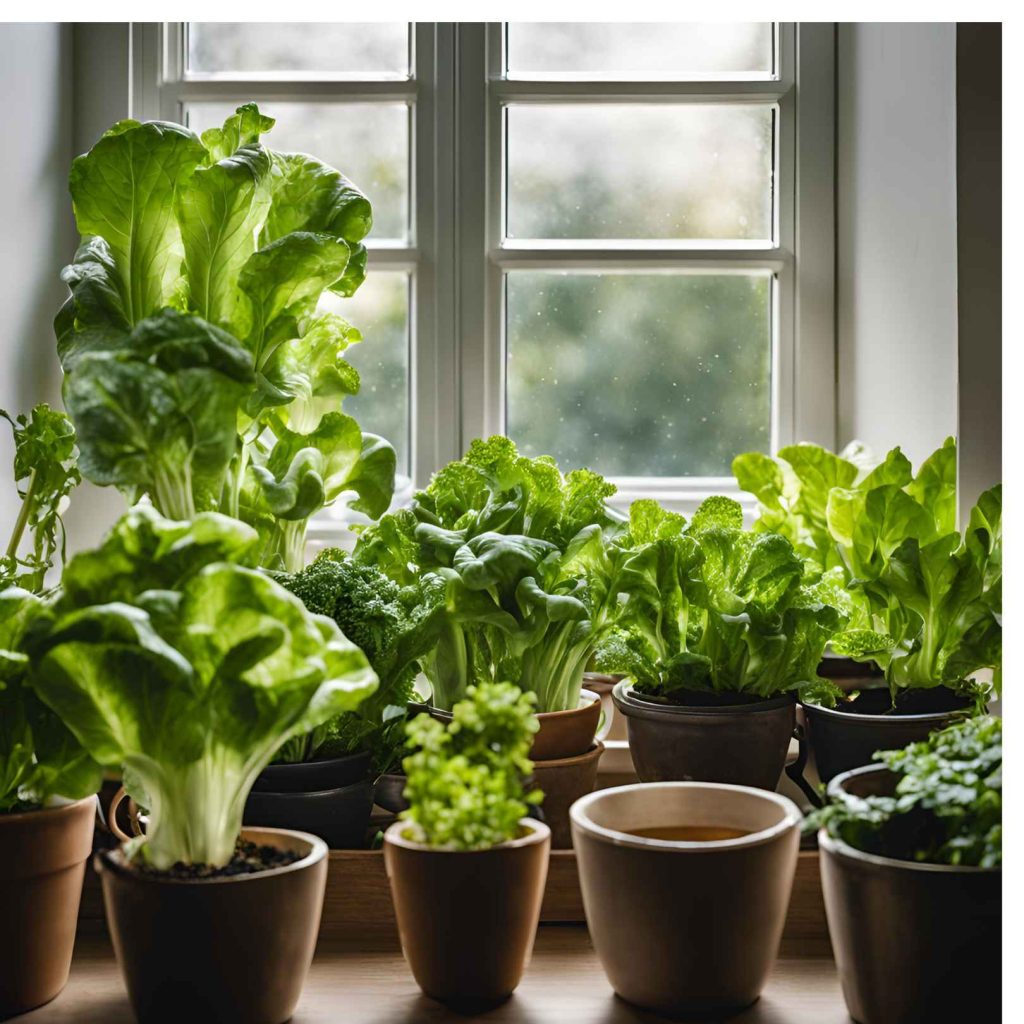
Of all the salad leafy greens, lettuce, kale, spinach, and mustard are cool-resistant and possibly the least dependable. In small settings, they may expand swiftly as four weeks in duration. They thrive at temperatures close to sixty degrees Fahrenheit and require roughly eleven hours of daylight each day.
Microgreens:
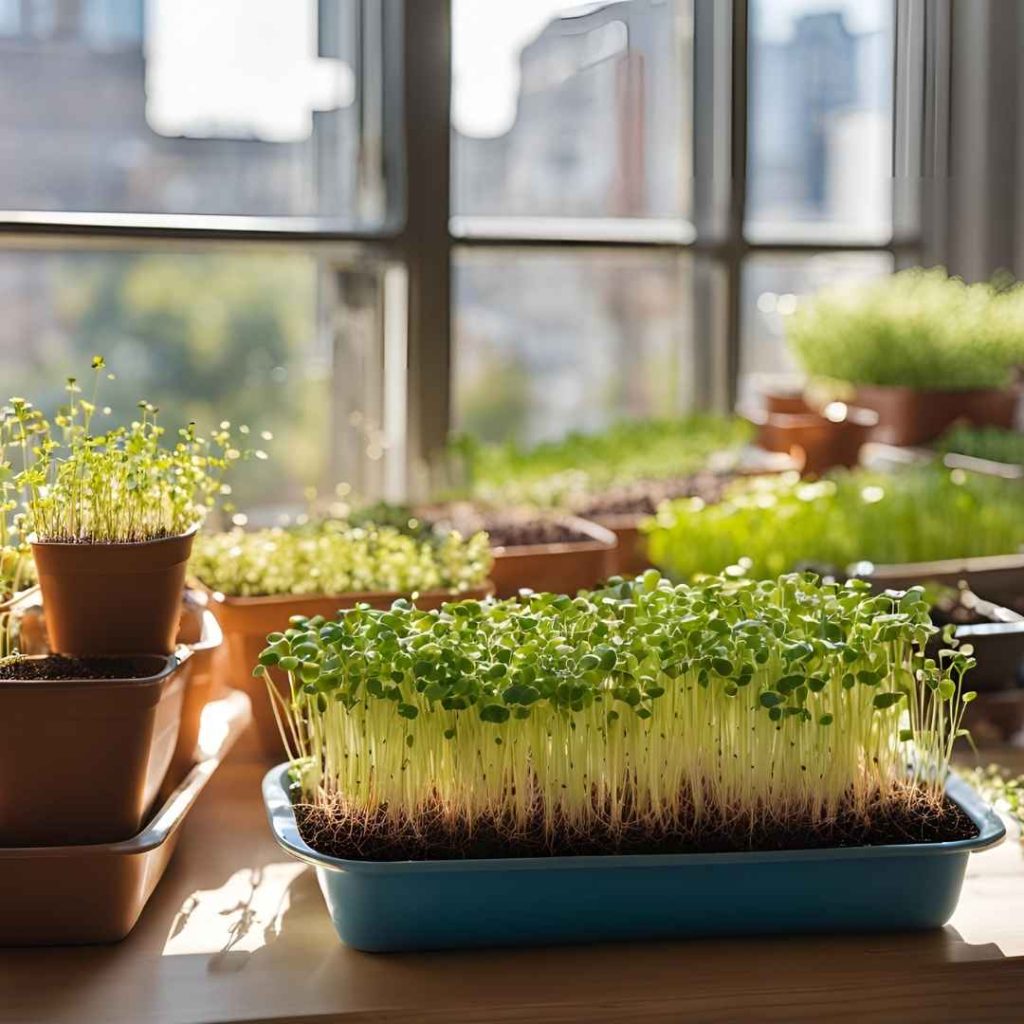
Microgreens, which have 40 times greater amounts of minerals and vitamins than fully developed vegetables, so don’t be fooled by their tiny size.
They are grown in identical manner as fresh salad greens, however they are harvested at the earliest stage, usually in approximately two weeks. To make a healthy crackling sound, consider incorporating them to toast.
Sweet Potatoes:
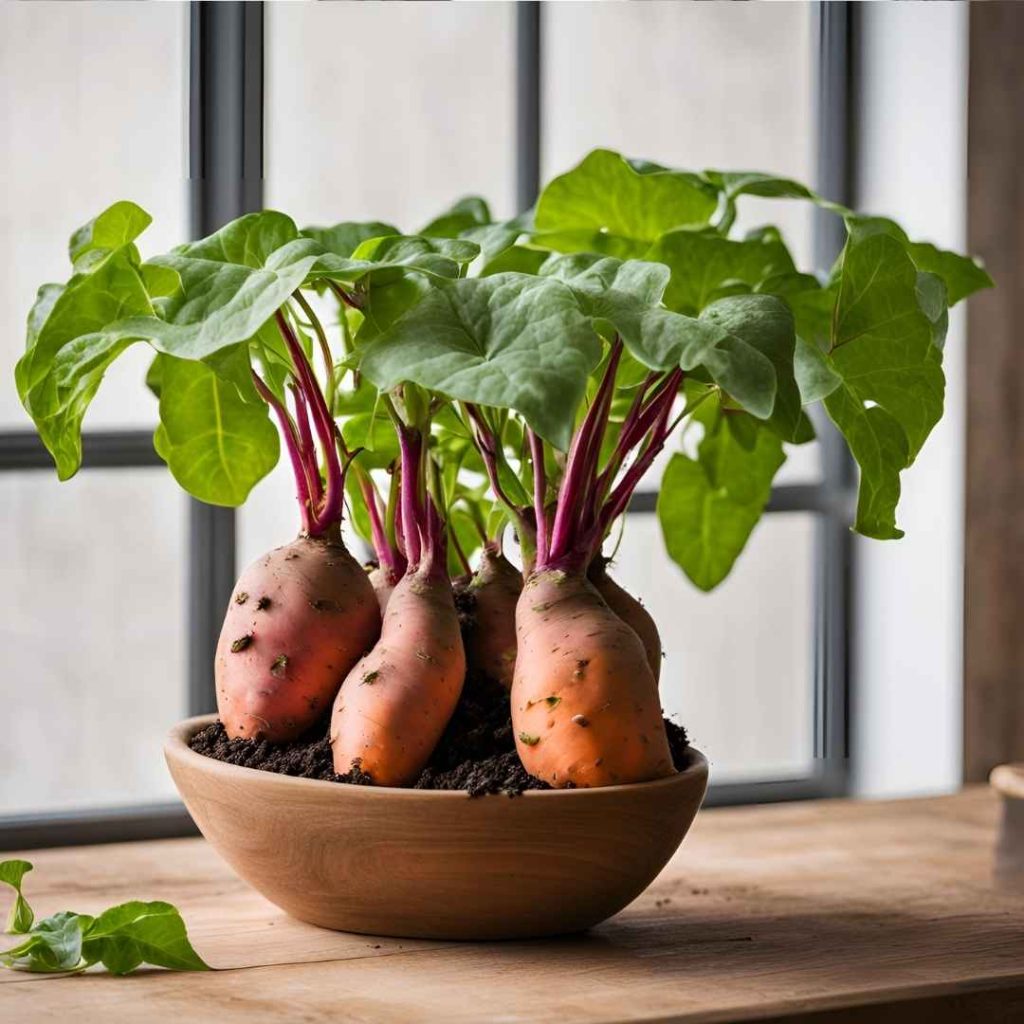
You are probably surprised to hear that potatoes, both flavorful and ordinary, might thrive in soil made from leftovers. Chop up a sprouting potato first, then arrange the slices sprout-side across a minimum 4 inches of ground.
After adding four more layers of the earth on the highest part of them, you should have vegetables in approximately three months! Double-check that the container is adequately sized to accommodate them veggies as they tend to grow rather big and you might need to keep pouring dirt to keep the potatoes protected as they become bigger.
Radishes:
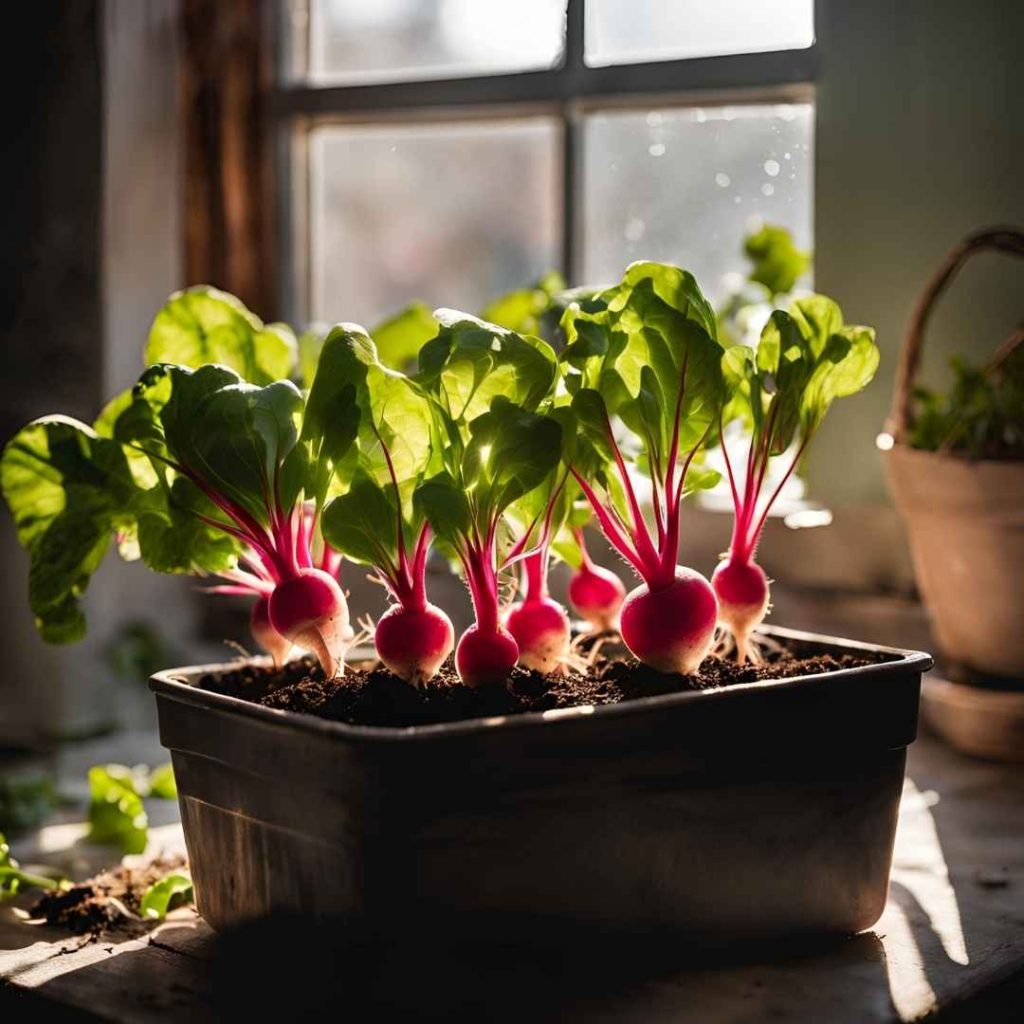
Growing quickly, radishes need approximately thirty to forty days to mature from seed to yield. They are unlikely to need the same quantity of daylight as numerous other vegetables, but to allow their seeds to thrive, assure that they are not packed excessively.
Tomatoes:
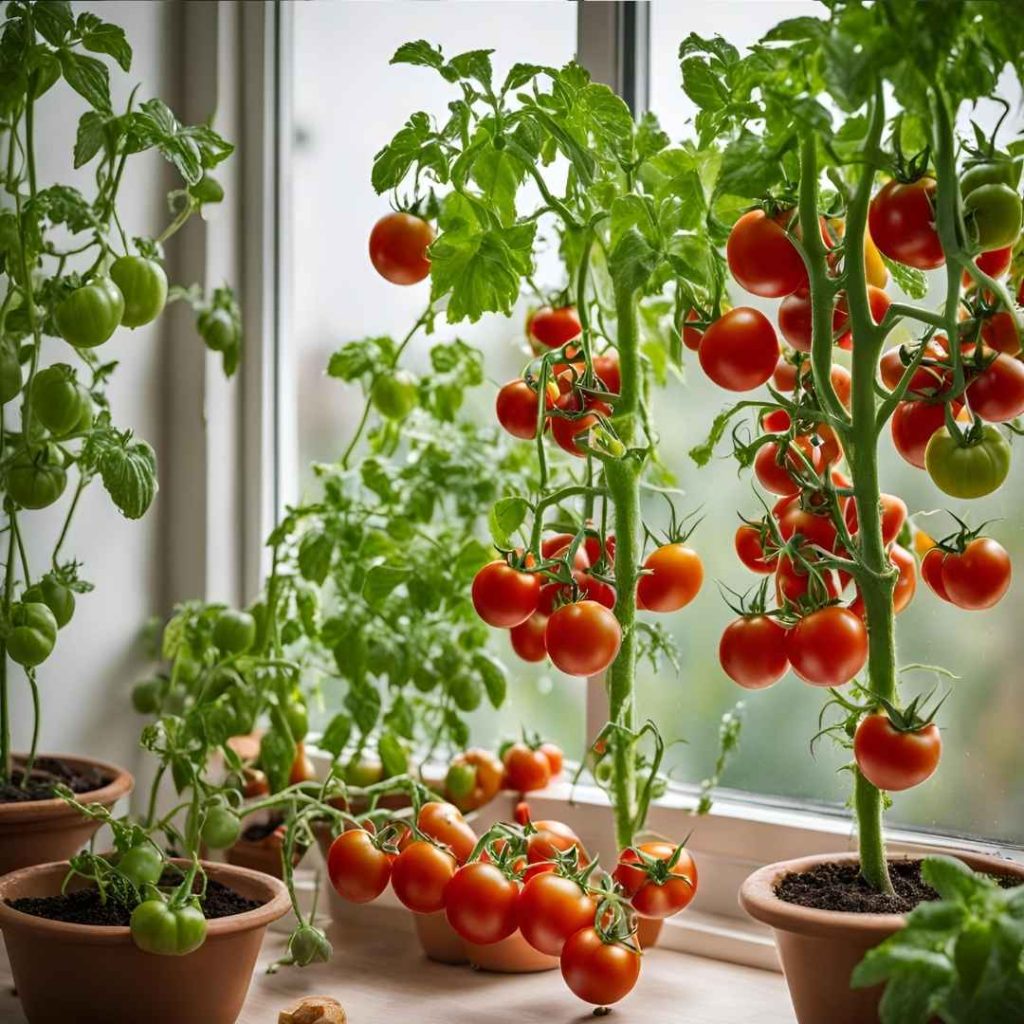
Although tomatoes are a warm seasoned vegetation, they can nevertheless thrive inside. They will require fourteen to twenty hours of illumination per day. They self-pollinate, just like chili peppers.
However you may also jiggle stems to encourage pollination to move from blossom to flowering stage. In vessels simpler types typically do greater, and the grains will sprout very rapidly.
Developing Greens From Scrabbles:
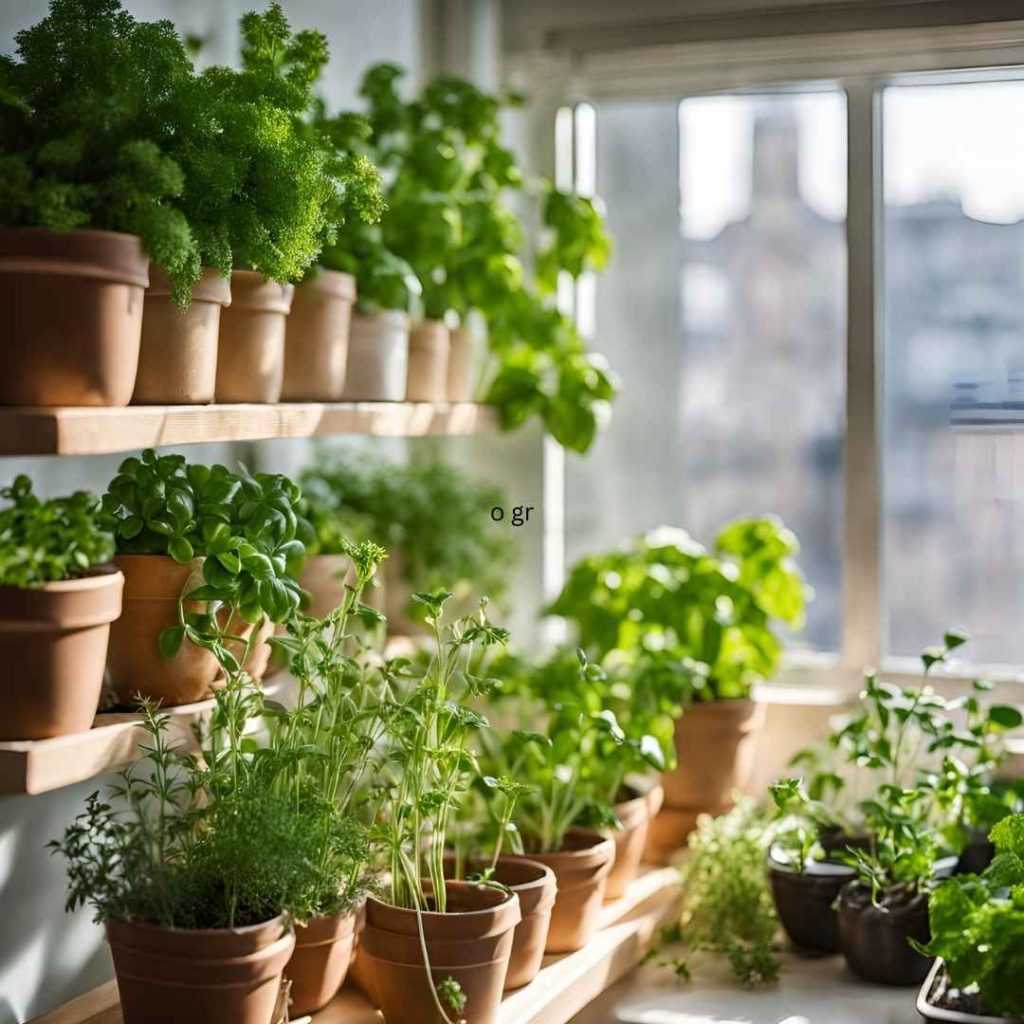
If cultivating inside veggies in pots seems like a bit more labor than you’re up for, there’s a significantly simpler method you can use to cultivate specific types of veggies in your personal house: Attempt to regenerate out of the leftovers.
The consumption of celery lettuce and other varieties and green onions are excellent choices for reestablishing from waste.
All you have to do is put the leftovers in a vessel, let the undersides immerse in water, and make sure they get lots of light from the outdoors. You will soon have an abundance of these veggies sprouting in your private kitchen.
Squash:
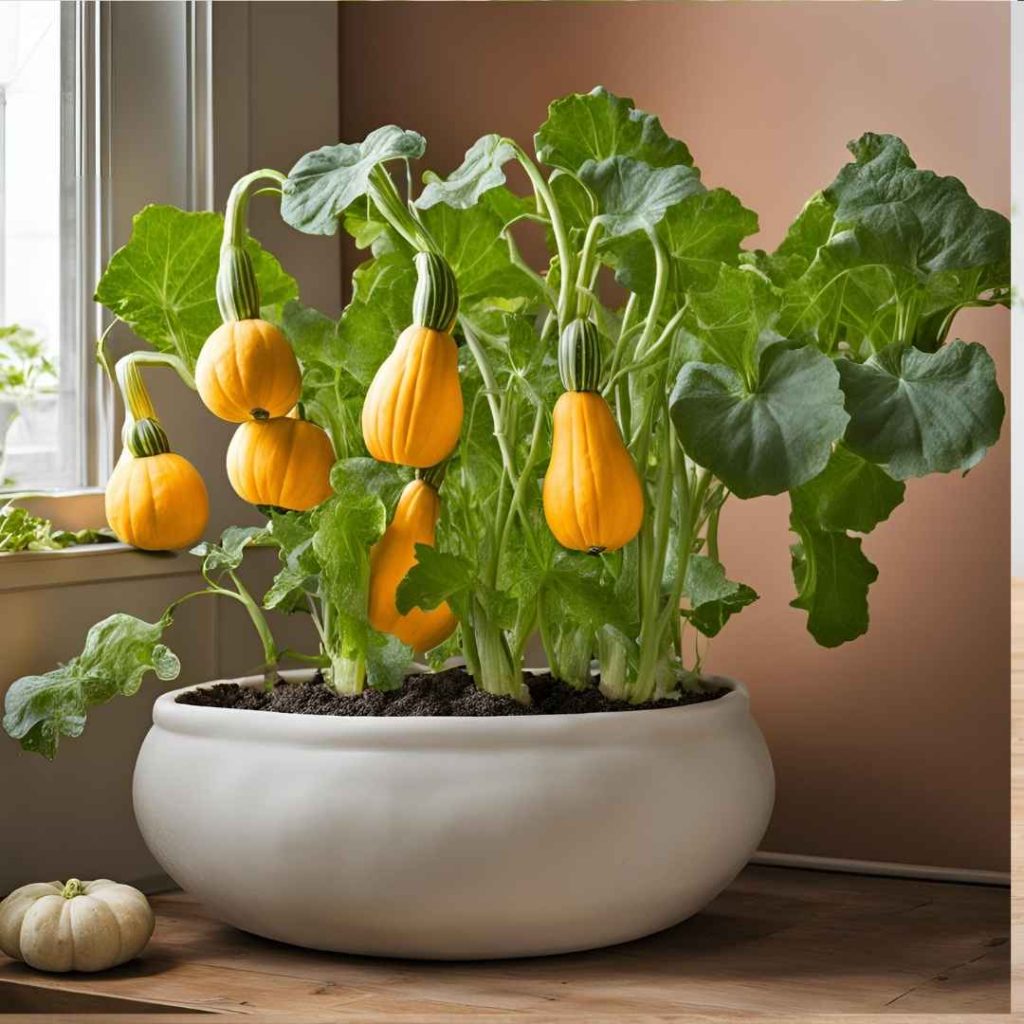
If you enjoy squash, be aware that, notwithstanding its quite enormous size, this plant can be additionally cultivated inside.
Squash comes in two varieties: the butternut and crookneck varieties, while other varieties are additionally cultivated in planters.You ought to select an unpainted pitcher that is around a foot diameter if you want to germinate squash in your cooking area.
A measurement of roughly twenty- four inches is good. Double-check that the planter has outlets for water by looking at the lower side of the pitcher.
You ought to sow preferably three separate seeds in the center of the vessel, with some space among each one, to ensure that you receive a minimum of a robust squash plant. Remember to irrigate your plants frequently—ideally every day.
Cucumbers:
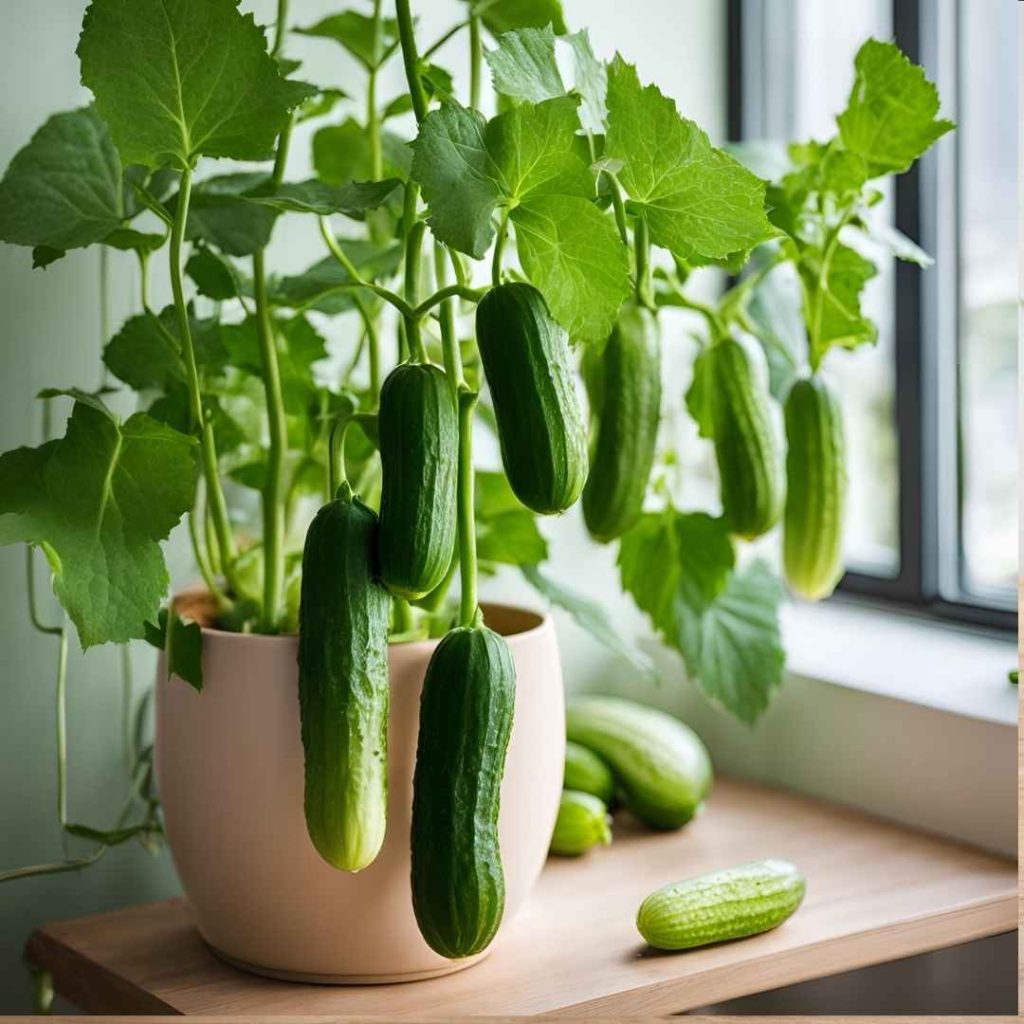
Other veggies you may expand inside are cucumbers. A variety of cucumber seedlings on the marketplace designed especially to grow indoors. When equivalent to yard varieties of cucumber seedlings, they may be priced higher, but the outcome is sure to be superior.
Spacious planters ought to be used for the cucumbers. Plenty of room is required for cucumber proliferation. Recall that they are tendrils as well, therefore you will need to build an ascending framework and plant it in the container you purchased.
Cucumbers demand an appropriate temperature range of seventy-three to 79°F and plenty of lighting to flourish as far as environmental demands go. For optimal effects, make careful to maintain cooler temperatures at midnight.
Bell Peppers:
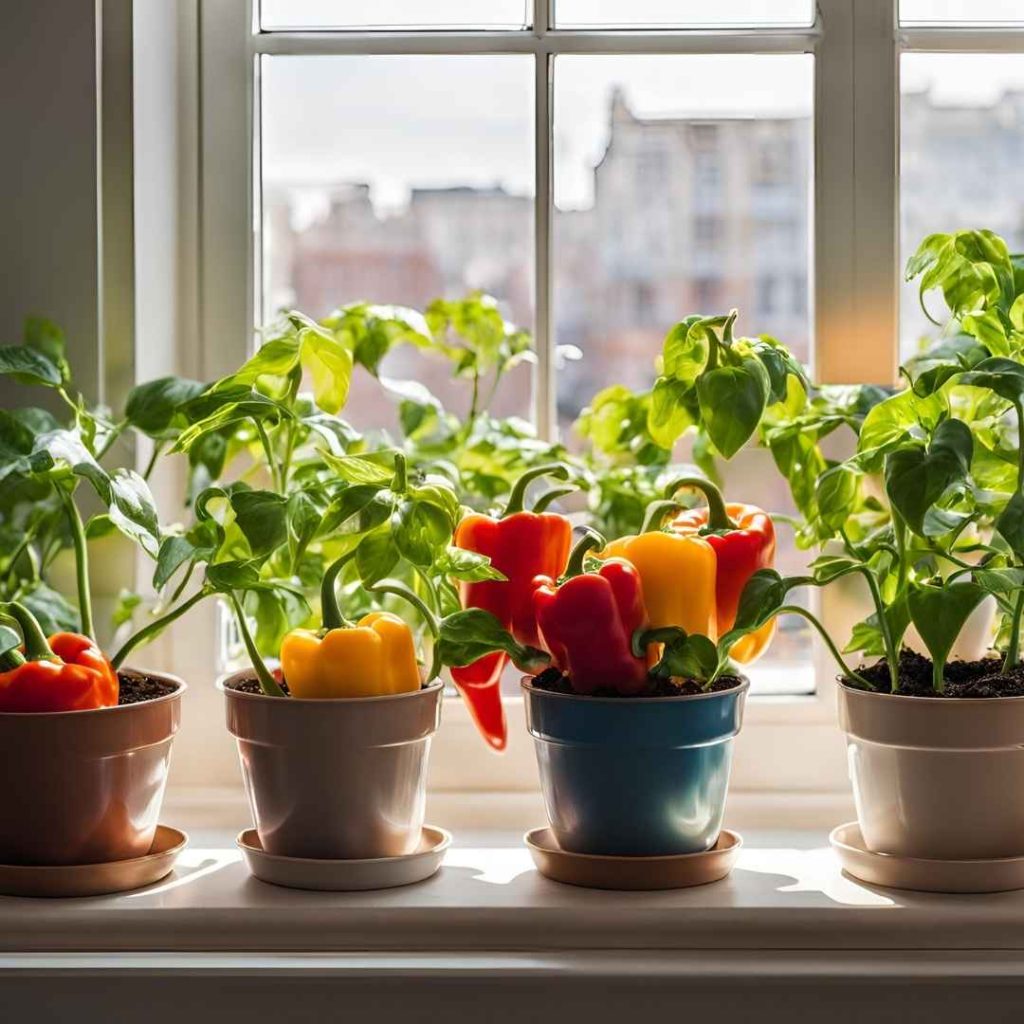
Bell peppers, either red or green, flourish well in a planter. When growing bell peppers, one factor to consider is the type of substrate you employ.
Because bell peppers require an abundance of vitamins and minerals, the most suitable soil for cultivation is a blend containing comparable parts vermiculite, moss from peat, and coarse gravel. You can create your personal fertilizer or get it purchased from a garden center.
In every container, you ought to insert a minimum of three bell pepper seedlings. The bell pepper containers should be kept in an enclosed space that is consistently around sixty-five to 75 degrees Fahrenheit. They should also be placed in an area in which they will receive sunlight frequently.
Basil:
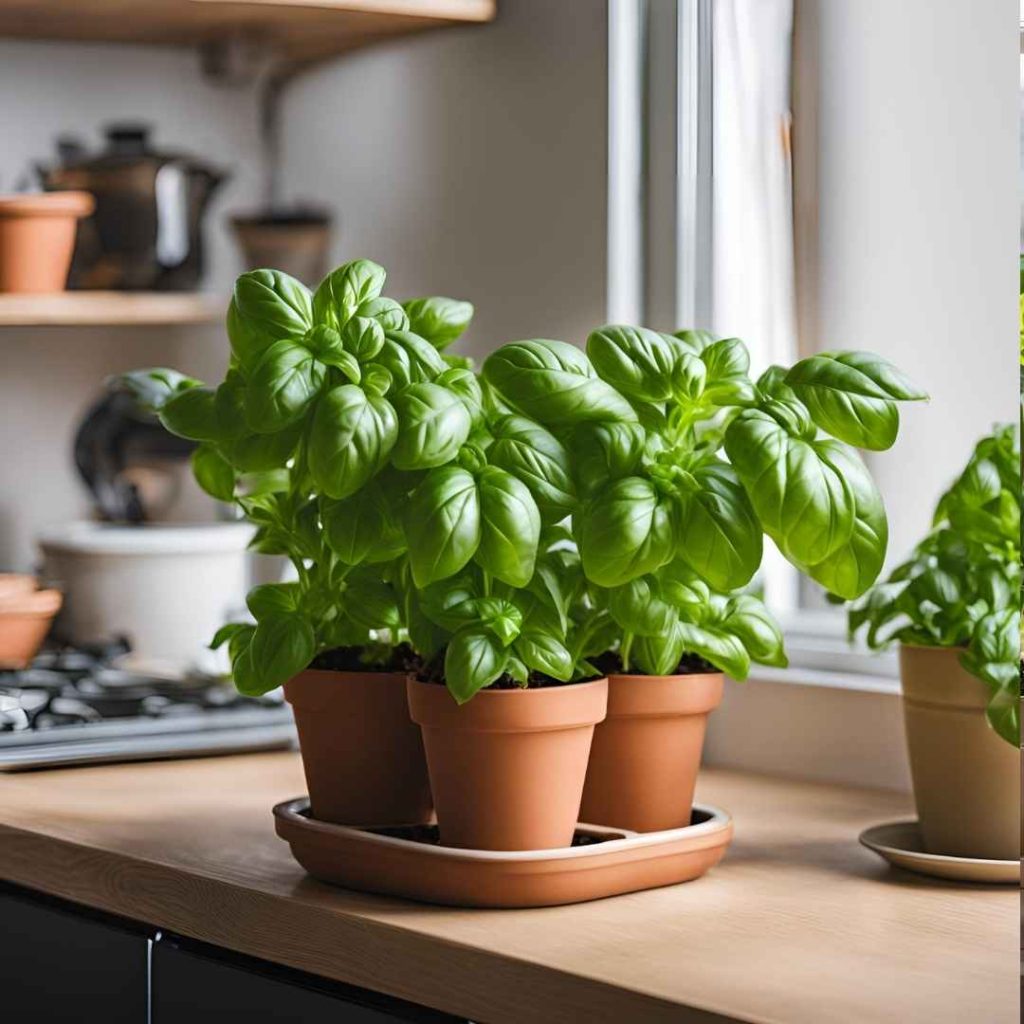
Herbs that are used in culinary may be efficiently cultivated inside, in addition to veggies. Basil is one among these herbs. Basil does not demand any specific circumstances for development, therefore planting within planters is really simple.
You ought to select only nutrient-rich ground and an inflatable container. Superior outcomes can be obtained by using a natural fertilizer and positioning the container in an area with lots of daylight (or synthetic lighting).
Parsley:
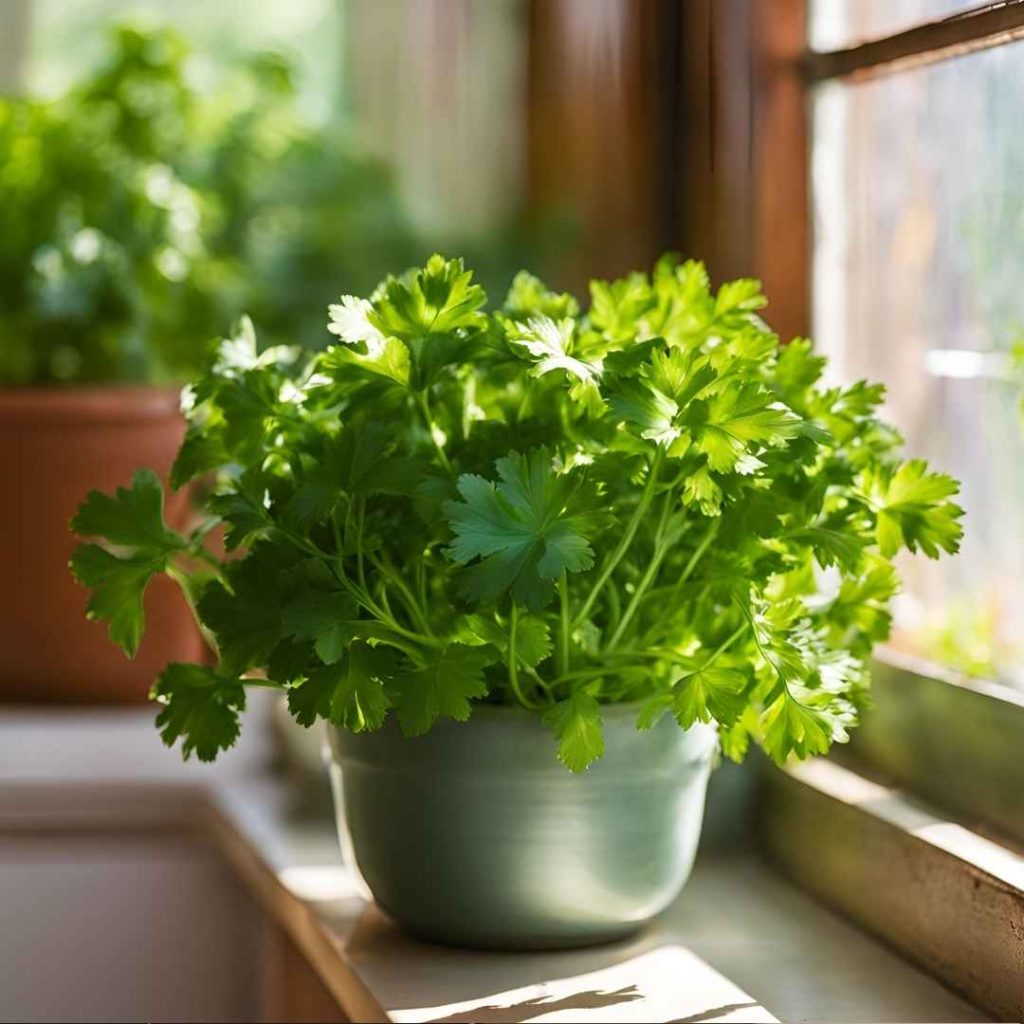
An additional plant that can be cultivated in a container is parsley. Any kind of container will work so long as it possesses sufficient draining openings on the lower area and can be placed on the glass sill. Put a serving dish underneath the vessel to catch the water that has dropped.
Ensure that your parsley receives a minimum of 6 hours of sun exposure each day. As a replacement, you may encourage development by using a fluorescence lamp.
When it comes to parsley, you must be concerned about ambient dampness. The atmosphere dampness needs to be raised if the foliage does appear parched.
Lettuce:
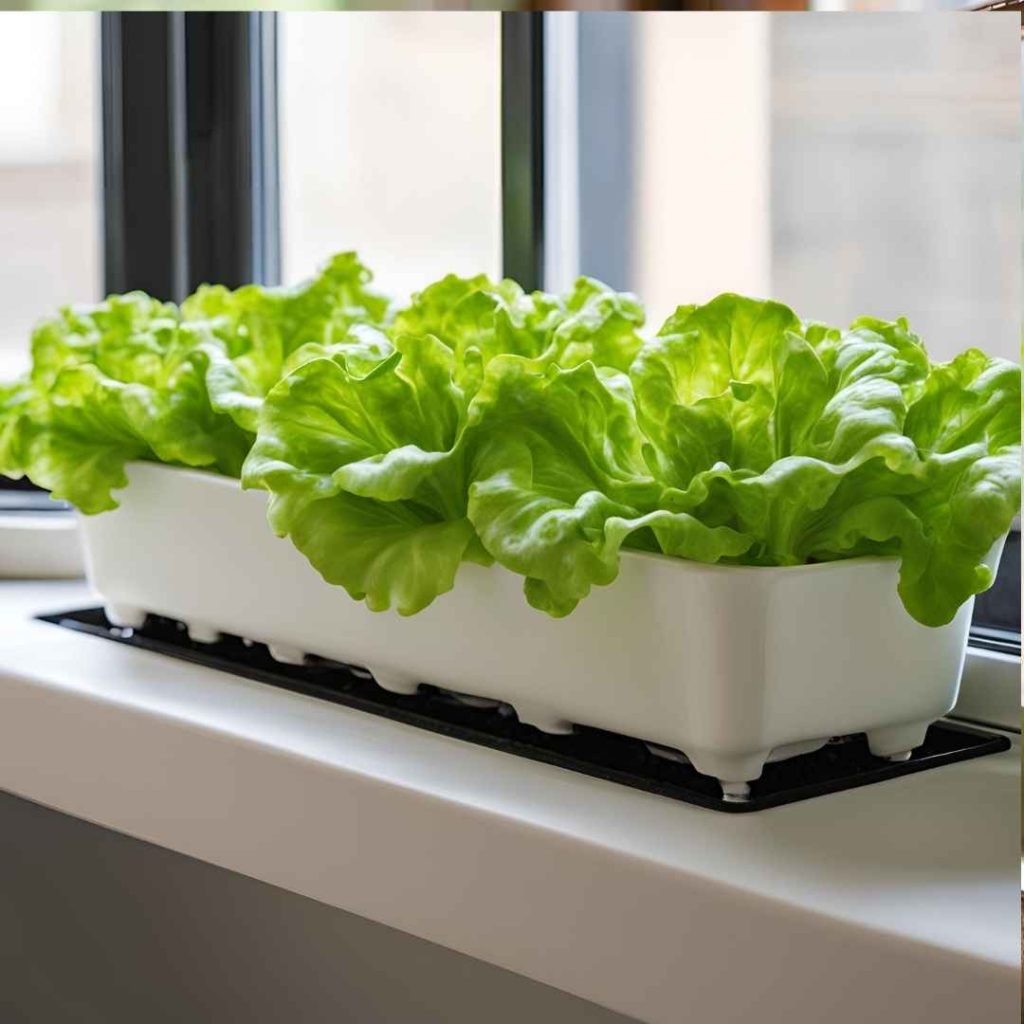
Planting lettuce inside during wintertime is a necessity if you’re a salad lover. One can grow numerous kinds of lettuce, as well as some are better suited for cultivation inside than alternatives. Among Tom Thumb, Baby Oakleaf, or Black-Seeded Simpson, pick your preferred kind.
The sole prerequisite for growing lettuce in any kind of planter or vessel is that it must be no more than one foot deep.
It is best to put the container in bright lighting. If this isn’t feasible, buy an LED light to encourage development.
Turnips:
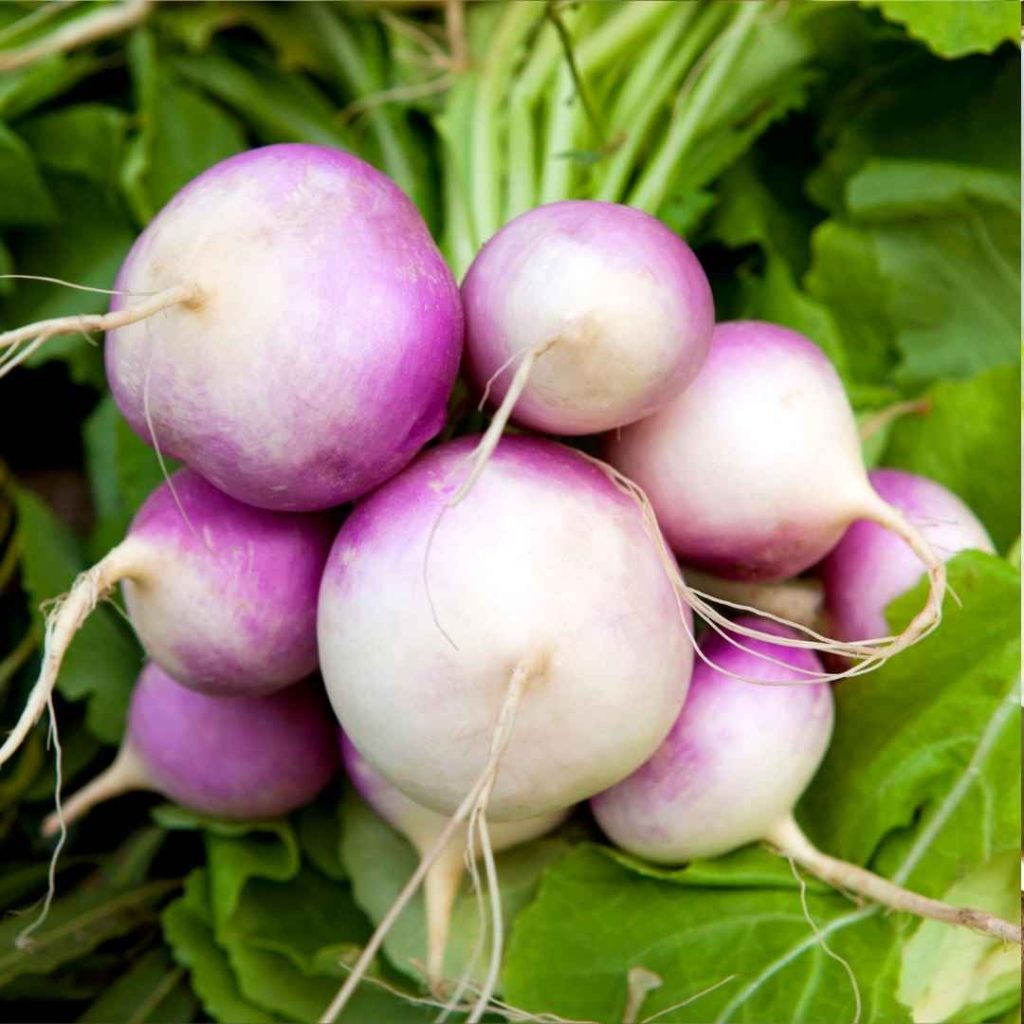
Turnips are another delectable veggie that you must cultivate inside of the home landscape. They are available in a wide range and may seem utilized to make a lot of delectable recipes.
Turnips require huge planters that are around eight inches shallow to thrive domestically. A substrate that is abundant in biological material and has a mild alkaline pH level is what you need to select.
To get the ground correct, you possibly prefer to combine manure with standard gardening soil.
After seedlings are sown, put the container in bright sunlight and give the soil frequent watering. In approximately two weeks, you can expect to begin gathering your turnips.
